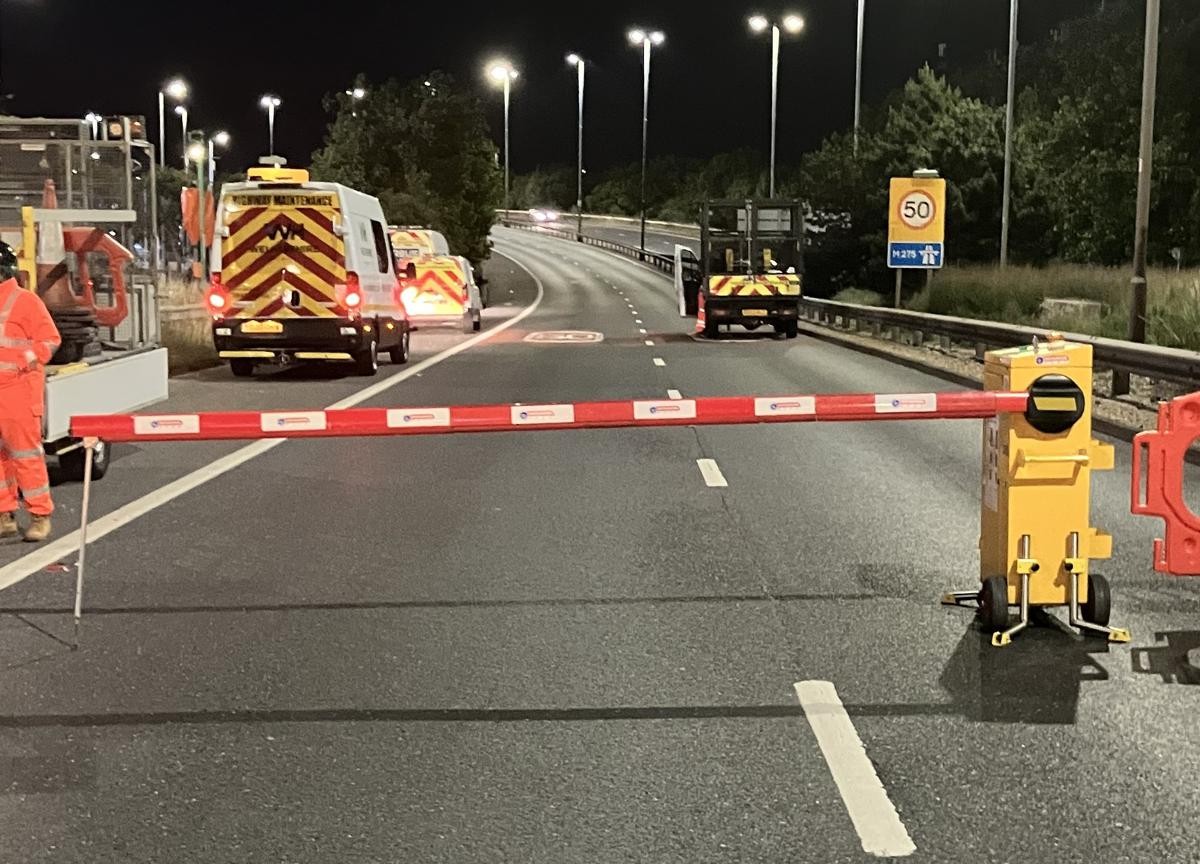Government traffic statistics underline need for greater UK road maintenance investment
New government statistics underline the pressures that the poorly maintained local road network is facing and the need for greater investment in maintenance to ensure that the network can cope.
The latest Transport Statistics Great Britain 2018 from the Department for Transport reports that in 2017 that the road network carried 327.1 billion vehicle miles. The vast majority of this was on ‘A’ roads and minor roads which carried 147.2 billion vehicle miles and 111.9 billion vehicle miles respectively.
The pressures are forecasted to increase. The latest DfT’s Road Traffic Forecasts 2018 predict a further traffic increase of up to 51% by 2050.
“Decades of under investment means that our road networks are unable to cope with the impact of current high traffic levels let alone a predicted increase of 51%. This is confirmed by the unacceptable high levels of potholes and deterioration,” said Mike Harper, Chief Executive of the Road Surface Treatments Association (RSTA). “The lack of investment means that some £9 billion is necessary just to bring the condition of the current local authority roads up to an acceptable standard, without any additional investment necessary for future increased capacity.”
He continued: “Local authorities are facing severe budgetary pressures that means they are unable to commit to the necessary investment for long-term road maintenance. If the road network is to be able to cope with the traffic demands being placed upon it then the government must provide more funding for road maintenance.
In addition, a funding framework giving certainty over a longer planning period (say 5 years) would enable asset managers to make longer term decisions and plan for proper preventative maintenance by treating surfaces before problems occur. The £420 million recently announced for pothole repair is welcome as extra funding, but as it has to be spent by March 2019, will result in patch and mend rather than properly planned surface treatments. It is this planned maintenance, carried out at the right time of year, that would protect a much larger area of the network and reduce ongoing occurrences of potholes.”




















